Hyde
Park, attached to Kensington Gardens, is one of my favourite places in London.
Rather a matter of “survival”, when you live in such a busy city, surrounded by
hundreds of people and traffic, wide-green spaces like the very park can often
become a precious getaway, almost a sanctuary. This is just one of many spaces
London offers, but it is certainly the largest and most significant. The two parks together are the great green
lung of the British capital and are in the heart of the city centre. The
beautiful trees and the quiet walks are the perfect escape from the city’s maelstrom
with a lake wherein you have the option to take a cool swim, rent rowboats or
sun loungers to rest and sunbathe. Marathons are ran in this park and there are
also many paths and trails for walking or cycling. In addition, it offers
numerous possibilities to practice sports in the open air. In fact, there is an
area called the Sports Field where soccer, softball, cricket, tennis, and other
team sports are often played. Summer open-air classical music concerts, organised
by the BBC, are held here, as is the famous Winter Wonderland from November to
January. A great Christmas theme park with roller coasters, Ferris wheels,
food, ice skating, live music, candy, and lots of beer. You can stroll through
all the areas of the park; enjoying a coffee at one of its terraces, having an
aperitif in one of its bar restaurants or taking advantage of the good weather
with a picnic, are some of the many options there are.
The
park was created in 1536 by order of King Henry VIII as a hunting ground. It
was the first royal park opened to his subjects by Charles I in 1637, thus
making it the oldest park in London. It was the venue for the Great Exhibition
of 1851, for which the old Crystal Palace, now non-existent, was built. The
public did not want the building to remain in the park after the exhibition
closed, and the architect, Joseph Paxton, who was the creator of the structure bought
an estate and raised funds in order to move it to Sydenham Hill in south
London. Being a small oasis, Hyde Park is one of the great attractions of the
city and of the 17 million people who visit London every year at least 4.5 pass
through this park. It has been, since its opening to the public, a centre of
life for the English society. Concerts, shows, festivals or even protest
demonstrations have come together among its trees. The Chartists, the Reform
League, the Suffragettes and the Anti-War Coalition or more recently the Black
Lives Matter marches have staged protests in the park. In a more superficial
but historical aspect the photograph of the cover of the album "Beatles
For Sale" by The Beatles was taken in Hyde Park, in the autumn of 1964.
The
park is divided by the Serpentine Lake. Although, during the day, the two parks
seem to merge, Kensington Gardens closes at dusk while Hyde Park stays open
from 5 am to midnight, including many hours of darkness. Other highlights of
the park include the Serpentine Gallery, Diana the Princess of Wales’ Memorial
which is an oval stone ring that opened in 2004 and the Holocaust Memorial. A
magnificent specimen of botanical curiosity is Fagus Sylvatica, widely known as
"the upside-down tree" and opposite Hyde Park Corner is one of
London's largest hotels, The Lanesborough, which offers its best suite for
£8,000 per night.
Now, when it comes to what I am wearing, the
juxtaposition is a beige fitted suit over a multicoloured, long-sleeve, white-collared
Polo. I love its retro green, red, yellow and navy stripes as a chunk of
vertical colourblock which is matching the asymmetrical, bright, bold, green
brogues with a quirk. The brown, leather belt adds more colour that goes beautifully with the sunglasses accompanied by
a navy pocket square creating some contrast and elevating the smart look. The
maxi-cross bag is one of my favourite pieces making the whole look more fun and
contemporary with the skeleton print enhancing my waist and blending in with
the suit and the socks.




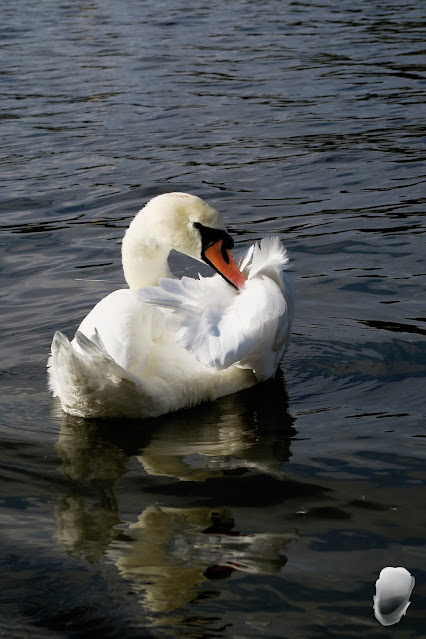






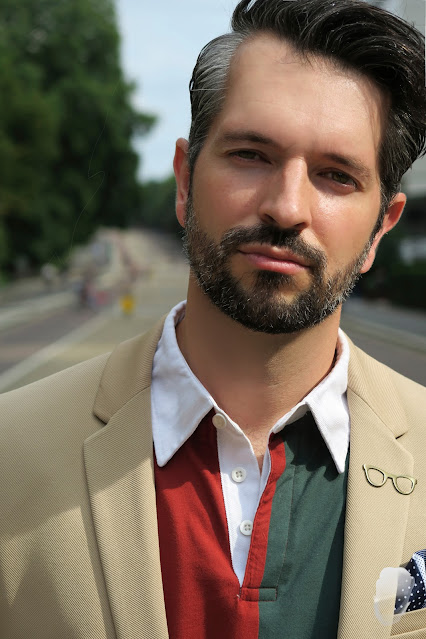
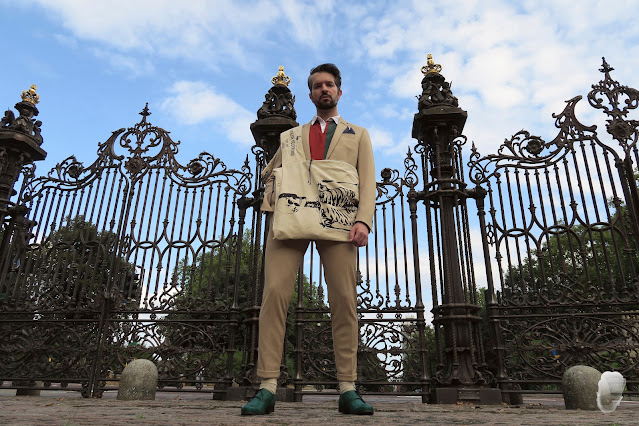



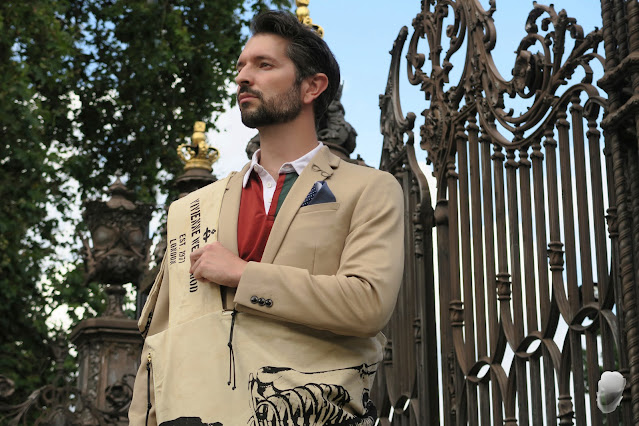


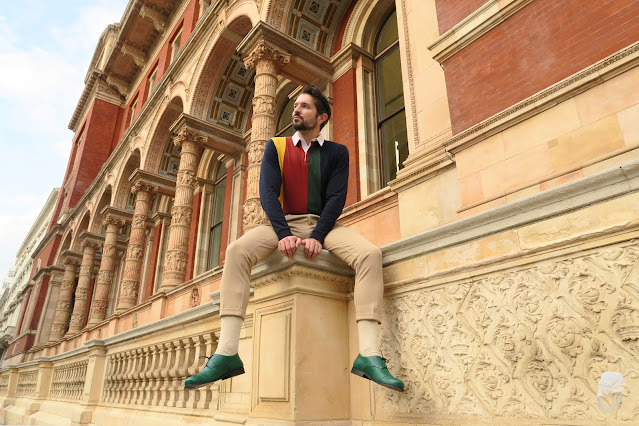










Comments
Post a Comment